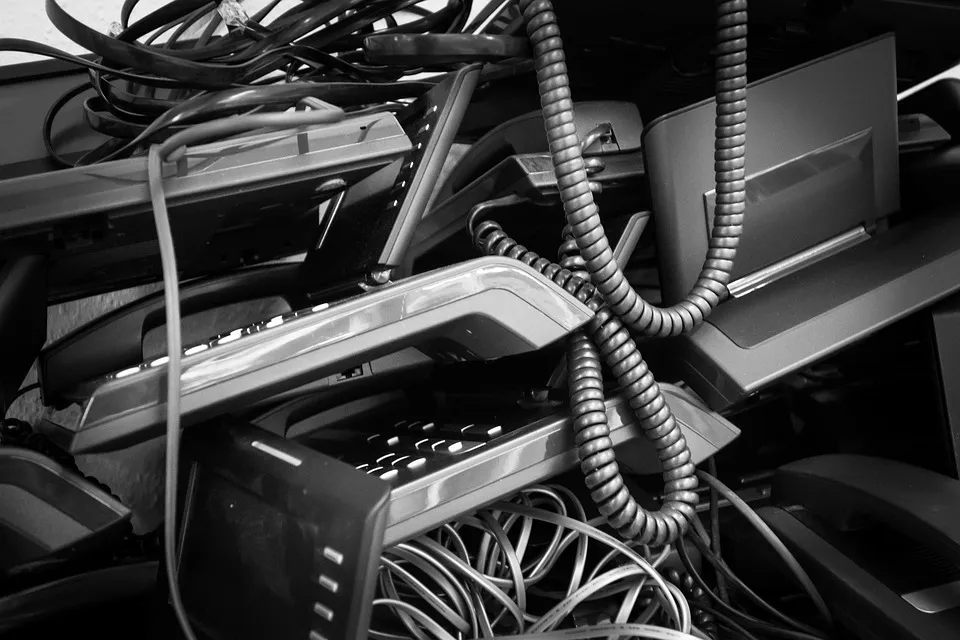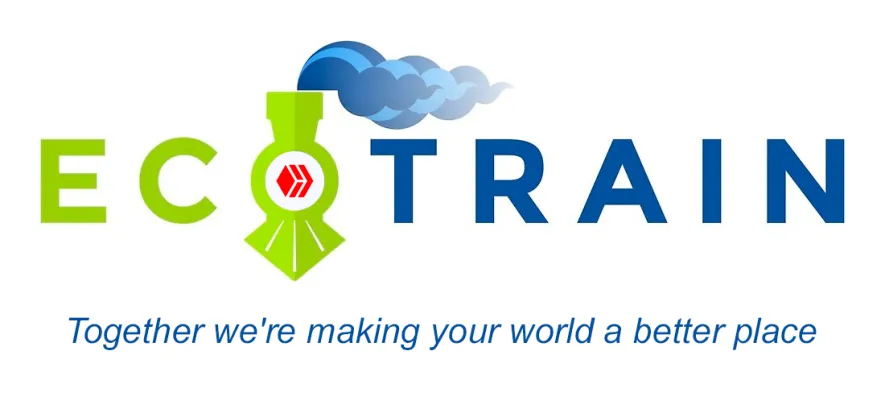If you wish to be creative, go to this post by @itsostylish
But if you want to read about latest in recycle about E-waste, please read on.
Electronic waste is one of the biggest problems for the existence of humans, but now scientists are taking good care of it. Plastic accounts for approximately 20% of all electronic waste globally. Because plastic contains toxic substances such as heavy metals and brominated flame retardants, most e-plastics are not recyclable because of these toxic elements. This can pose a serious threat to the environment and health.
But now scientists have found a new way to use them. These can be used in the laboratory in cell culture containers, such as petri dishes, etc. Earlier, only disinfection of e-waste plastic was done before the team tested it in laboratory experiments.
The team used waste computer plastic to grow human stem cells. More than 95 percent of the human stem cells were found to be healthy after one week. These results are comparable to those obtained from conventional cell culture plates, and potential new sustainable uses of e-waste plastics show they will consume approximately 20% of the e-waste produced globally each year. Which is a good amount to begin with.
Reusing this waste for cell culture in the laboratory will enable maximum value recovery from waste plastics. Also, it will help reduce the amount of plastic waste generated by biomedical research.
Recently, the effects of e-waste plastics on six different human cell types were investigated at various labs. Healthy cell growth occurred despite the hazardous ingredients found in e-waste plastics. These findings prompted the research team to repurpose e-waste plastic waste and test it in advanced cell culture experiments. But remember, e-waste plastics contain dangerous substances that can get into the environment if not disposed of properly.
Using them immediately rather than recycling them immediately extends the lifespan of e-waste plastics and reduces environmental pollution. Scientists are trying to reach a zero-waste framework that prioritizes reuse options through materials science and engineering innovation to reduce waste.
Plastic is an important component of our manufacturing and logistics processes. So, we have to move towards sustainable solutions for plastic waste to reduce its impact on environmental and social costs before these elements show their impact on human life.
For this study, the team used e-waste-removal plastics collected by a local waste recycling facility. The three types of e-waste plastics were chosen for their different surface characteristics.
For example, the keyboard pushbutton and diffuser sheets derived from LCDs have relatively flat and smooth surfaces, while prism sheets, also found in LCDs, have a relatively flat and smooth surface, which turned out to be perfect items for experiments.
For this test, they used e-waste plastic for cell culture. The team implanted stem cells on 1.1 cm-wide circular discs of sterilized e-waste plastic for their experiment and a week later, the researchers discovered that over 95% of the stem cells seeded on the e-plastic were alive and well. A result comparable to that of an experimental control of stem cells grown on commercially available cell culture plates made of polystyrene.

Image
Stem cells grown on e-waste plastic have also retained their ability to differentiate. A process in which stem cells become specialized cells with a more specialized function, such as blood cells, brain cells, heart muscle cells, or bone cells.
Stem cells can undergo differentiation in the body or laboratory under the right conditions. One way to facilitate this process in the laboratory is to add a medium that keeps the stem cells moving in a certain direction.
To investigate the effect of e-waste plastic on the differentiation of stem cells, the team added two types of medium in equal amounts to cells wrapped in e-waste plastic and polystyrene cell culture plates. One type coaxes stem cells to develop into fat cells, and the other induces stem cells to become bone cells.
The scientists also found that stem cells cultured on keyboard plastic and diffuser sheets were more likely to develop into bone cells, while stem cells cultured on prism sheets, with their ridges, were more likely to develop into fat cells. In tissue engineering, the use of advanced techniques to create surfaces is applied, which brings an accurate result.
The study reveals how stem cells can affect differentiation. How they can guide stem cell development, lab-grown meat in the laboratory of regenerative medicine, important biomaterials and scaffold design are rules and lessons we can learn from this e-waste plastic waste.
Tech Info based on information from the Science of the Total Environment
